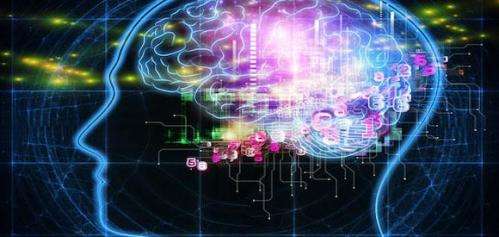Brain development provides insights into adolescent depression

(Medical Xpress)—A new study led by the University of Melbourne and Orygen Youth Health Research Centre is the first to discover that the brain develops differently in adolescents who experience depression. These brain changes also represent possible risk factors for developing depression during teenage years.
Lead research Professor Nick Allen from the Melbourne School of Psychological Sciences said, "It is well known that the brain continues to change and remodel itself during adolescence as part of healthy development."
"In this study, we found that the pattern of development (such as changes in brain structure between ages twelve to sixteen) in several key brain regions differed between depressed and non-depressed adolescents," Professor Allen said.
The brain regions involved include areas associated with the experience and regulation of emotion, as well as areas associated with learning and memory.
"The findings are an important breakthrough for exploring possible causes of depression in adolescence. They also suggest that both prevention and treatment for depression (even for early signs and symptoms of depression) in adolescence is essential, especially targeting those in the early years of adolescence aged twelve to sixteen," he said.
"We also observed some differences between males and females. For males, less growth in an area of the brain involved in processing threat and other unexpected events that is a critical part of the brain's fear circuitry, was associated with depression. On the other hand, for females, greater growth of this area was found to be associated with depression."
"This is important information because depression becomes much more common amongst girls during adolescence, and these findings tell us about some of the neurobiological factors that might play a role in this gender difference," he said.
Professor Allen says adolescence is a period during the lifespan where risk for developing depression dramatically increases.
The study examined eighty-six adolescents (41 female) with no history of depressive disorders before age 12 by using a Magnetic Resonance Imaging (MRI) scanner, which allowed researchers to measure the volume of particular brain regions of interest. Participants underwent an MRI scan first at age twelve and again at age sixteen, when rates of depression were beginning to increase.
Researchers also conducted detailed interviews with each of the participants at four different time points between age twelve and age eighteen. Thirty participants experienced a first episode of a depressive disorder during the follow-up period.


















